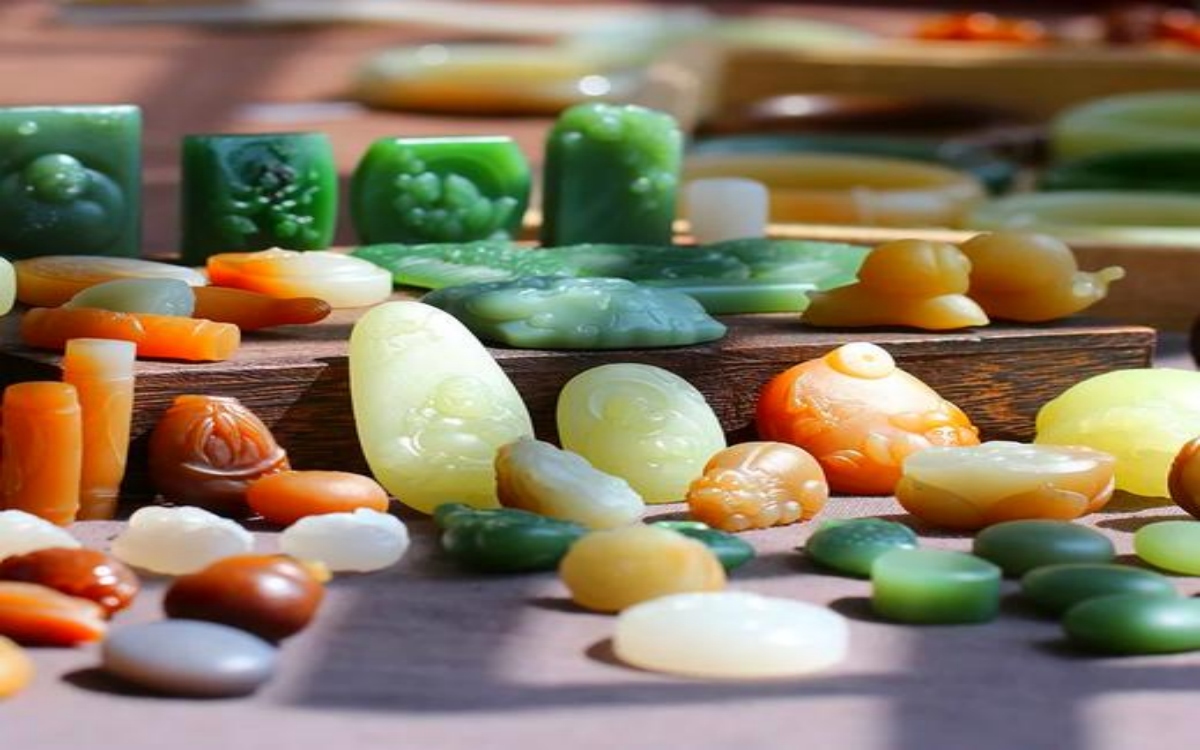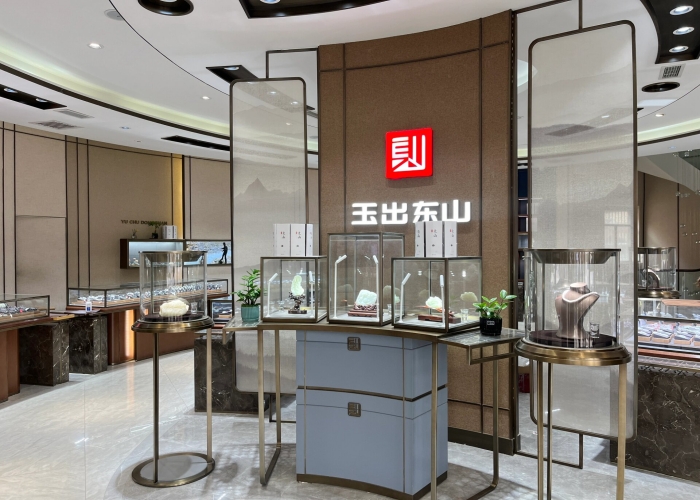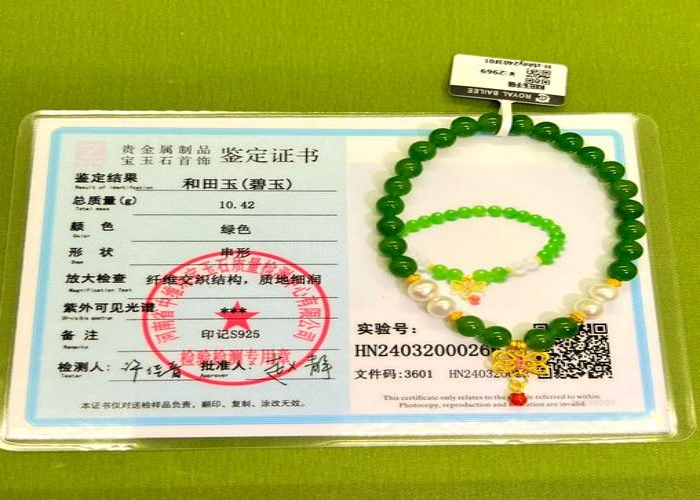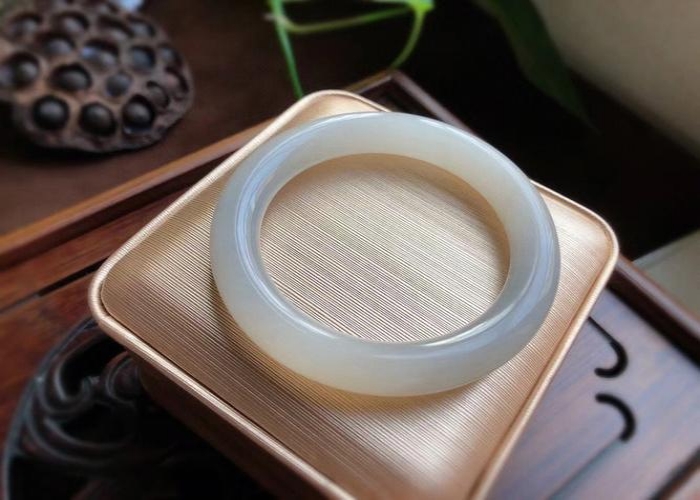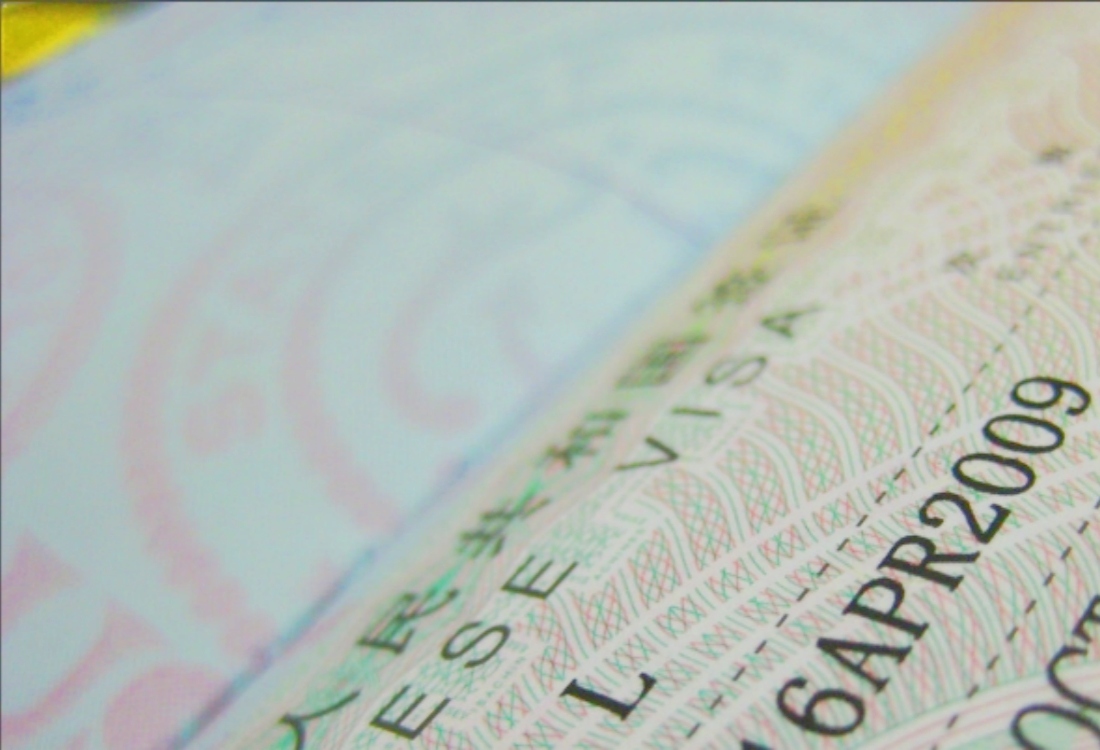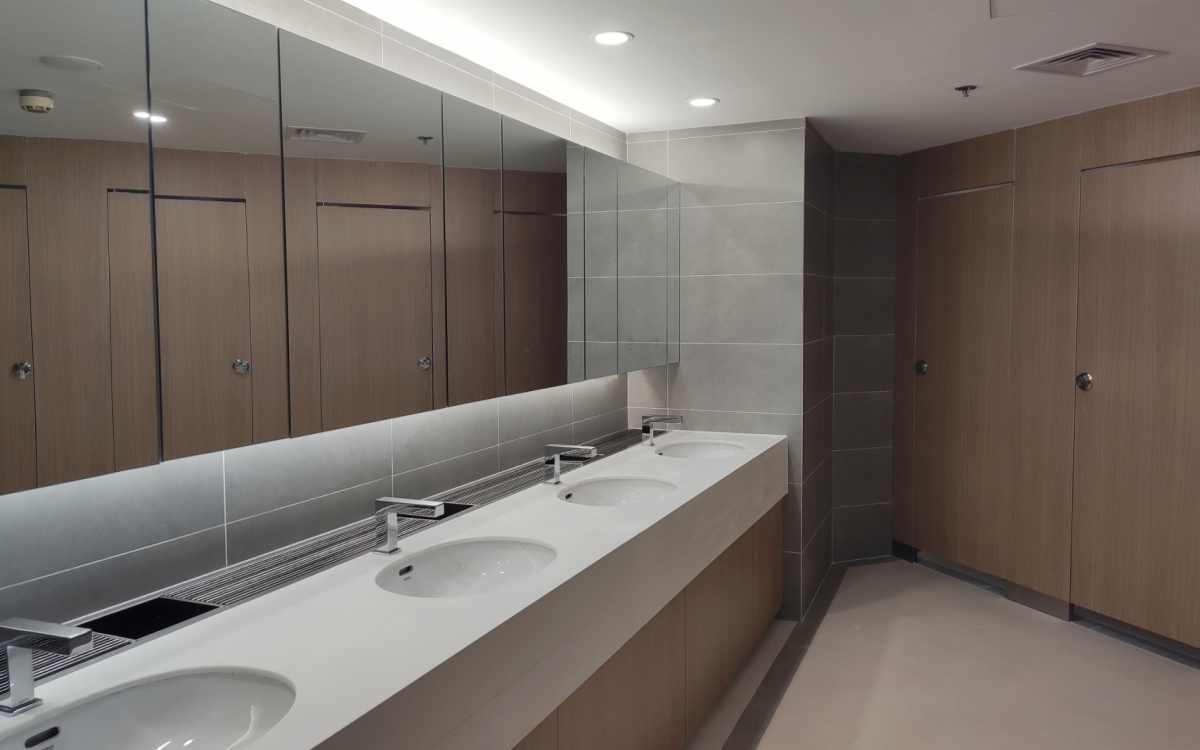Table of Contents
ToggleChina’s rich history and vibrant culture often inspire travelers to seek out authentic souvenirs, and few items embody this spirit more than jade. Revered for millennia as the “Stone of Heaven,” jade symbolizes purity, goodness, and prosperity. It’s a multi-billion dollar industry with countless shops across the country. However, this popularity also attracts dishonest sellers, making it crucial for visitors to be savvy shoppers. This comprehensive guide, designed to be straightforward and easy to understand, will equip you with the knowledge to identify real jade, avoid common scams, and make a purchase you’ll cherish while travelling in China.
What are the Common Jade Scams?
Fake Certificates and Treated Jade: The Illusion of Authenticity
One of the most widespread deceptions involves sellers providing fake certificates of authenticity. These documents might look official, but they are often worthless, designed to convince buyers that treated (Type B or C) or even entirely fake jade is genuine Type A. The stone itself might be cheap jadeite, nephrite, or even imitations made from serpentine, calcite, or glass, passed off as highly valuable “mutton fat jade” or “imperial jade.”
The Group Tour Trap: “Hidden Shop Stops”
Many organized group tours in China include “shopping stops” disguised as government-run factories, museums, or cultural centers. These are often commissions-based operations where tour guides receive a cut from your purchases. Sales staff at these locations are highly skilled in high-pressure tactics, offering “special discounts” or “limited-time offers” that are too good to be true. The items sold are typically heavily overpriced and of low quality, including fake or treated jade. If your tour guide enthusiastically recommends a specific jade shop, approach with extreme caution.
Online Deception: When Digital Deals Go Wrong
The digital age has opened new avenues for jade scams. Online platforms, including social media sites and e-commerce marketplaces, feature sellers offering what appear to be incredible deals on jade. Unfortunately, many of these are fronts for scams where buyers either receive nothing, or the “jade” turns out to be plastic, dyed stone, or extremely low-quality treated material. Police globally have issued warnings about such schemes, where upfront payments lead to worthless or undelivered goods. Always be extra cautious when buying valuable items like jade online, especially from unknown sources or if the prices seem unusually low.
High-Pressure Tactics in Busy Markets
In bustling markets like Beijing’s Hongqiao Pearl Market or Guangzhou’s Hualin Jade Market, some sellers employ aggressive sales techniques. They might try to rush you into a purchase, claiming the jade is rare, or that a “special offer” will vanish if you don’t act immediately. They might use emotional manipulation or even imply bad luck if you don’t buy. This pressure is designed to overwhelm you and prevent you from thinking clearly or comparing prices. Remember, a genuine seller will respect your need for time and information
How to Avoid Jade Scams?
Armed with knowledge about jade and common scams, here are actionable tips to help you make a confident and authentic purchase.
Prioritize Reputable Sellers
This is by far the most critical piece of advice. Stick to established stores, well-known jewelry brands, or certified jade factories. These places usually have a reputation to uphold and are less likely to risk it by selling fakes. They offer transparent information, clear pricing, and often provide guarantees. Avoid street vendors, small roadside stalls, and shops your tour guide insists you visit.
Demand a Genuine Certificate of Authenticity
For any significant jade purchase, insist on a certificate of authenticity from a recognized, independent gemological laboratory. Do not rely on certificates provided by the shop itself, as these can easily be faked. A reliable certificate will detail the jade’s type (nephrite or jadeite), its grade (A, B, or C), and possibly its origin. If a seller refuses to provide an independent certificate or pressures you to accept their in-house one, it’s a major red flag – walk away.
Arm Yourself with Knowledge
Even a basic understanding of jade’s characteristics can help you spot obvious fakes. Learn about the typical colors, textures, and common imperfections of natural jade. For instance, perfectly clear or uniformly colored jade without any natural variations can sometimes indicate treatment or imitation. Also, familiarize yourself with classic jade symbols and carvings; a genuine carving should have clear, well-defined details, not blurry or shallow designs.
Perform Simple On-the-Spot Tests (with Caution)
While not foolproof, some simple tests can provide initial clues. Remember to be discreet and respectful, especially in formal retail settings:
- The Touch Test: Real jade, being a good conductor of heat, will feel cool to the touch even in warm environments and will take a moment to warm up in your hand. Imitations might feel warmer or quickly adapt to body temperature.
- The Scratch Test: Both nephrite and jadeite are harder than steel. A genuine jade piece should not be scratched by a steel penknife. However, attempting this in a store might be frowned upon or even lead to security intervention, so use extreme caution if you try this.
- The Sound Test: Gently tap two pieces of genuine jade together. They should produce a clear, bell-like, resonant sound. Treated or fake jade often produces a duller, plastic-like clinking sound.
- Visual Check: Look for tiny natural imperfections, variations in color, and a somewhat fibrous or granular texture, especially in nephrite. Type B and C jade might show tiny bubbles or swirls from resin filling, or uneven color distribution from dyes.
Compare and Contrast: Shop Around
Never buy the first piece you see, especially if it feels like a “deal.” Visit two or three different reputable shops before making a decision. This allows you to compare prices, quality, and the sellers’ transparency. If one shop’s price for a seemingly similar piece is dramatically lower than others, it’s a strong indicator of a potential scam or a much lower quality item.
Set a Firm Budget and Be Ready to Walk Away
Decide beforehand how much you are willing to spend. Do not let salespeople pressure you into exceeding your budget. If a situation feels uncomfortable, the sales tactics are too aggressive, or your instincts tell you something is off, simply thank them and walk away. A confident “no, thank you” is a powerful tool. True collectors know that patience is key when acquiring valuable jade.
What are the Top Places for Authentic Jade in China?
Major Cities and Specialized Markets
- Beijing:
- Run-ze Jade Garden: Advertised as Beijing’s largest jade factory, this place is frequented by locals and offers educational talks on jade manufacturing and design.
- Hongqiao Pearl Market: While known for pearls, it also has sections with jade, offering pendants, bracelets, and rings. Exercise the usual caution and research reputable vendors within the market.
- Guangzhou:
- Hualin Jade Market: This market boasts a long history of jade trading and is known for its wide range of items, from small pieces to bangles and sculptures. It’s a place where you can find genuine experts.
- Yunnan Province: Considered a world center for jadeite due to its proximity to Myanmar, Yunnan offers many options:
- Kunming: Look for places like Jingxing Flower and Bird Market and Colorful Yunnan.
- Ruili: This border town has markets specifically known for Burmese jade.
- Xi’an:
- Tian yi Jade Factory: This state-operated facility exhibits, manufactures, and sells jade items, often providing tutorials on quality and carving.
Reputable Online Retailers
If you prefer to shop from the comfort of your home, or wish to conduct further research after your trip, several online retailers specialize in genuine jade:
- Hua Jade
- Oriental Jade Jewelry
- Mason-Kay
- RealJade® Co.
- Ying Yu Jade
Always look for online sellers who guarantee authenticity, have transparent return policies, and ideally, provide independent certifications.
What are the Basic Knowledge of Jade Before you buying it?
The Types of Jade:
- Nephrite:This is the traditional “Chinese jade” used for centuries. It’s generally softer than jadeite but still very durable. Hetian jade, particularly the prized white or pale yellow “mutton fat jade,” is a famous and highly valued variety of nephrite.
- Jadeite:Often found in Myanmar (Burma), which borders China’s Yunnan province, jadeite is harder and typically more vibrant in color, especially the deep emerald green “imperial jade.” Yunnan is a major hub for jadeite trading.
Here is a table comparing Nephrite and Jadeite for your reference.
Feature | Nephrite | Jadeite |
Hardness | Softer than jadeite, but still durable | Harder than nephrite |
Color Range | Typically white, pale yellow (“mutton fat jade”), green, or gra | More vibrant colors, especially deep emerald green (“imperial jade”) |
Famous Variety | Hetian jade (especially white/yellow “mutton fat jade”) | Imperial jade (highly prized emerald green) |
Primary Source | China (Hetian jade is most famous) | Myanmar (Burma), traded in Yunnan, China |
Historical Use | Used in China for centuries | Gained popularity later, especially for high-end jewelry |
The Quality Grades of Jade:
| Jade Grade | Description | Treatment | Value & Authenticity |
|---|---|---|---|
| Type A (Natural) | Natural, untreated jade with its original color and texture. | None | Most valuable and authentic. It’s simply polished. |
| Type B (Treated) | Natural jade treated with acid to remove impurities, then filled with polymer resin to improve clarity and luster. | Acid-bleached and resin-filled. | Significantly less valuable than Type A; the resin can degrade over time. |
| Type C (Color-Treated) | Natural jade that has been dyed to enhance or change its color, sometimes with colored resin or translucent coatings. | Dyed and sometimes resin-filled. | Least valuable; color can fade or change, and treatments are unstable. |
Frequently Asked Questions (FAQs) of Jade Scams
What should I do if I suspect I've been scammed after buying jade?
- Try to return it immediately (some markets allow returns).
- Report the seller to local consumer protection (China’s 12315 hotline).
- If you paid by credit card, contact your credit card company immediately to dispute the charge. If it was part of a group tour, report it to your tour operator.
How can I avoid overpaying for jade?
Compare prices at multiple shops.
Bargain hard—start at 10–30% of the asking price.
Use Payment Tactics: Walk away if the price feels unfair—sellers may call you back with a better offer.
How can I tell if jade is real or fake?
Real jade (especially nephrite or jadeite) is cold to the touch and feels dense.
Scratch test: Real jade is hard and won’t scratch easily (but don’t test this in a shop!).
Light test: Hold it up to light—real jade has a slightly fibrous or granular structure.
Certification: Always ask for a gemological certificate from a reputable lab (e.g., NGTC in China).

